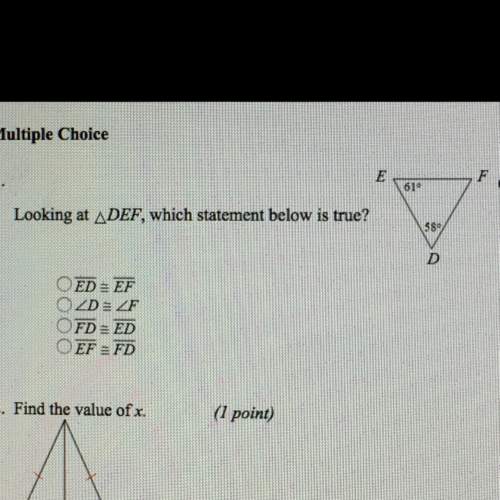
Mathematics, 19.07.2019 01:10 bugsbunny27
Use an integrating factor µ(t) or µ(y) to convert the following equation into an exact equation and then find its general solution.
(y + 4t^2) dt + t(ln(t) − 3)dy = 0 , t > e^3 .
show each step, including integrals.

Answers: 1


Other questions on the subject: Mathematics

Mathematics, 21.06.2019 18:50, brooke0713
Expresa commuter train leaves downtown sation and travels at a average speed of 55 miles per hour towards the north side sation, which is 50miles away. thirty minutes later, express commuter train #7 leaves north side and travels at a average speed of 35miles per hour towards downtown sation. at the moment the two trains pass each other, how far(in miles) is train #12 from the downtown sation and how long(in minutes) has the #12 train been traveling
Answers: 1



Mathematics, 21.06.2019 22:30, lauralimon
What is the approximate value of q in the equation below? –1.613–1.5220.5853.079
Answers: 1
You know the right answer?
Use an integrating factor µ(t) or µ(y) to convert the following equation into an exact equation and...
Questions in other subjects:

English, 26.12.2020 09:50

Mathematics, 26.12.2020 09:50


Mathematics, 26.12.2020 09:50

Mathematics, 26.12.2020 09:50

Mathematics, 26.12.2020 09:50

World Languages, 26.12.2020 09:50


History, 26.12.2020 09:50




